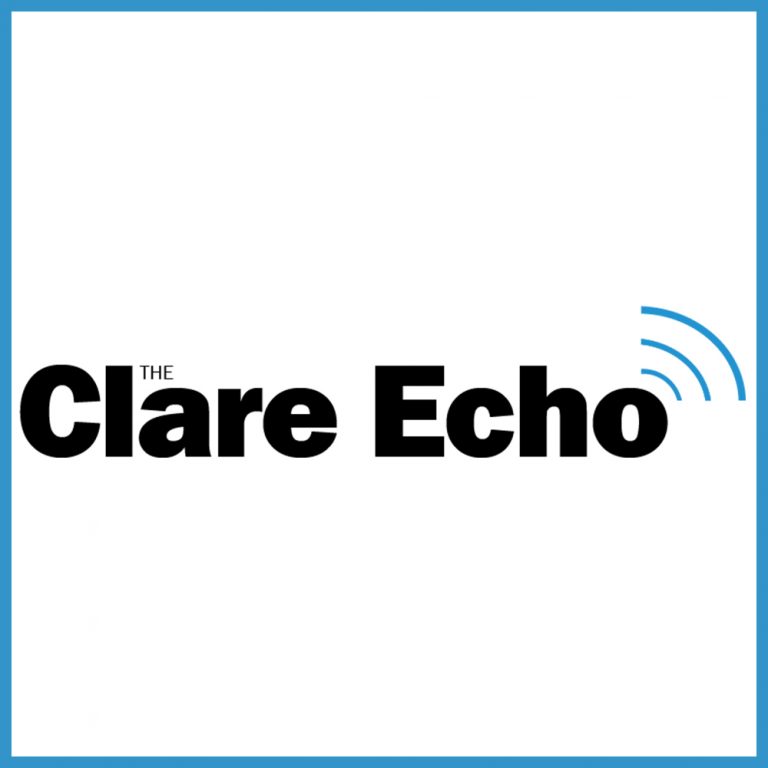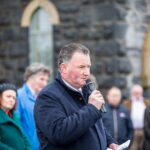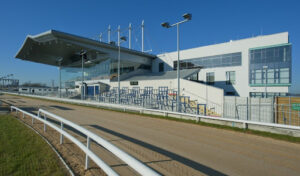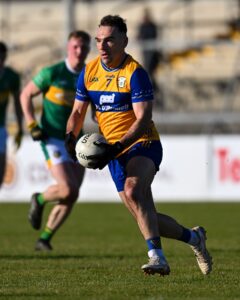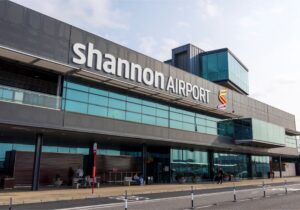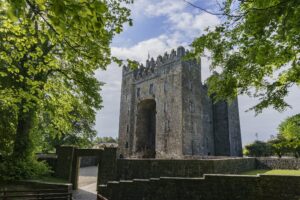22,342 premises in Co Clare are without access to high-speed broadband.
As part of the National Broadband Plan (NBP), €89m is to be invested in Co Clare. Last November, the European Commission approved under EU State aid rules €2.6bn of public support for the NBP.
A total of 1,466,534m poles will be used for the build of infrastructure with a distance of 142,384km to be cabled under the 25 year contract agreed last year.
Briefing elected members of Clare County Council on Monday, Chief Commercial Officer with National Broadband Ireland (NBI), Joe Lavin detailed that the NBP has issued “an obligation to ensure nobody is left behind” by the digital divide between rural and urban areas. He described the task in hand as “mammoth”.
Presently, 22,342 premises in the county are without access to high-speed broadband which equates to one third of the total premises in Clare. “That wouldn’t be unique, it is a similar percentage to what we’re seeing across the board,” the CCO said.
Thus far, over 140,000 premises have been surveyed by NBI. Surveying is ongoing in the Kilkishen exchange which includes the townlands of Kilmurry, Broadford, Newmarket-on-Fergus, Sixmilebridge, Shannon, Ballyshannon, Doora, Quin, Lissane, Clooney and Tulla. Surveying is scheduled to begin on the Corofin exchange next year, townlands of Kilnaboy, Ruan, Inagh, Crusheen, Rannagh and Ballyporty are part of this.
A network build is underway in Limerick following surveying and design, this factors in parts of Clare such as Westbury, Parteen, Clonlara and Cratloe. High-speed broadband connections are scheduled to be available here by the third quarter of 2021, Lavin stated.
NBI expect that up to 300 broadband connection points will be running across the country by next year. “These points will provide free high-speed internet access with many offering remote working capabilities,” Lavin commented.
He outlined that five connection points were “in scope” for Clare this year. Cree Community Centre, the Michael Cusack Centre in Carron and Loop Head Lighthouse have all been installed by NBI and connected by Vodafone. Loughraney Kids Playschool in Flagmount and Caherconnell Stone Fort are not yet completed.
Cllr Pat Hayes (FF) who sought the briefing urged NBI to maintain an approach comprised of “openness”. He said, “Broadband connectivity has become the new challenge for communities”. The Chair of the Rural Development SPC told the meeting that students were forced to give up on college for a year because they hadn’t an adequate connection at home. “The timescale is the challenge, people need to know because they are making plans on their future on working from home and colleges”.
Existing infrastructure and the timescale for upgrading was noted as a concern by Cllr Alan O’Callaghan (FF). A difference of fifty yards on the location of homes was causing people to miss out on eir connections, Cllr Cillian Murphy (FF) highlighted. Cllr Johnny Flynn (FG) flagged that personnel living within “three or four miles from Ennis town centre” were without access to broadband as he shared the concerns raised by Cllr Hayes with regard to students. West Clare was notably absent from initial surveying work, Cllr PJ Ryan (IND) observed.
Clarification was sought by Cllr Pat Burke (FG) on whether an individual could type their eircode into NBI’s website to obtain a progress report on their area. Lavin replied that this is possible in instances whereby a location is within 18 months of a build.
“It is deeply frustrating for some people I know that connections from eir have stopped within 20m of their homes, we don’t use eir as wholesaler, we use their poles and duct,” he stated in response to Cllr Murphy and Cllr O’Callaghan. Lavin concluded, “We don’t have a magic wand, it is a mammoth programme and it will take time to roll out, we’re trying to do it as equitable way as possible. We’ve started and we’re ahead in terms of design”.

